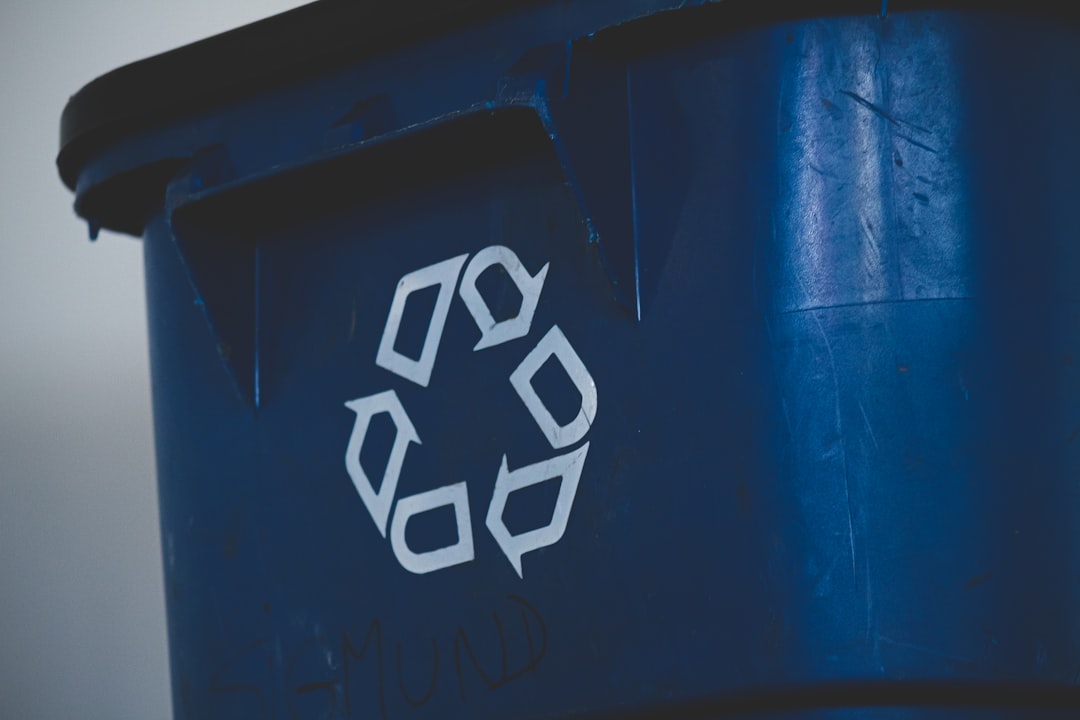What is it about?
This work examines the potentiality of enhancing ozonation efficiency by employing hollow fiber membranes in a dead-end function. For this purpose, a continuous flow pilot unit was designed where the performance of two different membranes (PDMS, PTFE) was tested in dependence on operating conditions. Significantly high presentences of ozone transport to water phase were achieved (>95%) indicating that the absence of gas outflow (dead-end operation) maximizes ozone mass transfer. Dissolved ozone concentrations were proportional to gas feed and decreased with increasing liquid flows. The impact of water pH was negligible, while internal cross section areas of the membranes considerably affected mass transfer coefficient and dissolution rate.
Featured Image

Photo by Ivan Timov on Unsplash
Why is it important?
The successful application of hollow fiber membranes in a dead-end operation resulted in a considerably lower ozone gas feed demand in relation to gas-outlet operation devices, ensuring a significant reduction in processing cost in act of scaling up. Considering the numerous applications of ozonation in water/wastewater treatment, we believe that this research work is of high technological importance.
Read the Original
This page is a summary of: Enhancement of ozonation efficiency employing dead-end hollow fiber membranes, Environmental Science Water Research & Technology, January 2020, Royal Society of Chemistry,
DOI: 10.1039/d0ew00294a.
You can read the full text:
Contributors
The following have contributed to this page










